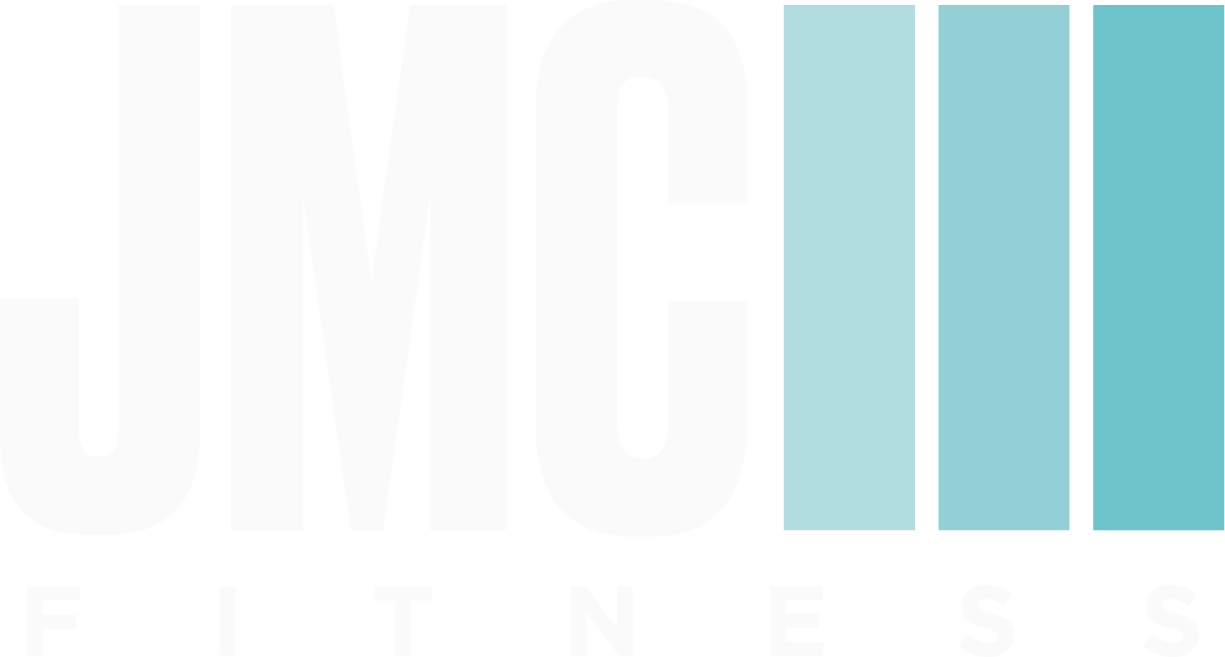Recovery
Recovery protocols have become somewhat fashionable in recent years. The ability to recover well is clearly something that people are willing to pay a premium for, and understandably so. Feeling refreshed and ready to train again is an amazing feeling. Here’s how I recommend it, whether you have the budget to invest into it or not.
INTENSITY
Before even thinking about recovery, training to the correct intensity for your goals is very important. Depending on who you are and what your goals are will dictate how hard you need to be working. Building muscle is tough, the reps and sets you put in take their toll. Running distances are tough and take their toll in a similar way. The more you exert the greater the focus on recovery should be. I might not need a rest after a 20 minute walk, however a 90 year old man may, intensity is therefore relative. However the way we achieve progress is consistent, taking your body to somewhere it might be a bit uncomfortable (or sometimes very), recovering and repeating.
FUNDAMENTALS
There is no substitute for poor sleep, nutrition and stress management. These are the three fundamental factors you should really nail and invest in before you look any further. It is not flashy or something that would impress your jealous neighbor, but without these two the other protocols we will come on to later will have near negligible results.
SLEEP
Daily we are recommended to have 7-9 hours of sleep. To achieve the highest quality sleep you should aim to:
Avoid caffeine in the afternoon
Avoid eating to close to bedtime (1-3 hours prior)
Reduce screen time (1 hour prior)
lower the temperature of your room (you body cools down as you drift off so kick start that)
Create a comfortable and dark room to sleep in. (a good mattress + eye mask)
NUTRITION
To keep energy levels high, enjoy simple and easily digestible carbohydrates before training (eg: fruits and a granola bar) post training consume protein, complex carbohydrates, healthy fats and ample water (eg: chicken and avocado wrap and a glass of water). I am aiming to very much oversimplify the process but all good recovery routines boil down to this structure. If you fast are on the ketogenic diet your protocol will look slightly different. Please get in touch for more information.
STRESS MANAGEMENT
Can you effectively wind down, keep your heart rate near resting and achieve true relaxation? For me this is time with minimal movement, low cognitive load and very peaceful. This could be on the sofa, during meditation, in the bath and for readers with kids out there: coloring in pictures with your kids. Put your body at rest, halt the release of cortisol and your body will recover faster.
ONE PERCENTERS
If you nail the fundamentals and you are part of the cohort of people training regularly and to a high intensity, you may benefit from investing in some of these protocols, what I like to call one percenters. They often feel good and can really contribute to the stress management protocol, however their physical impact is often massively over valued. I love some of these and please by all means do them, but remember the fundamentals first.
Massage -
This helps increase circulation leading to reduced inflammation and quicker recovery. Also they feel very good even when it's painful if you know what I mean.
Cold exposure -
This is something I have become more partial to in the last few months. The research is there backing it up as an effective way to again increase circulation, reduce inflammation, lower cortisol levels and release endorphins.
Heat exposure -
Another very relaxing protocol, leading to better circulation especially when done in tandem with cold exposure. Water replacement becomes even more crucial so please do factor that in.
Compression -
I hope you are noticing a theme here, as the main thing we want here is stress reduction and increased circulation. Compression garments do exactly that.
The accessibility of some of these is difficult. A premium gym membership might cover most of these at the likes of Third Space, David Lloyd and Virgin Active costing between £150 -£300 monthly. A good massage is around £45 and a bag of ice that you take home to your bath is about £1. So something for all budgets that can elevate your recovery, allowing you to train to a higher intensity or more regularly and therefore leading to better results.
Join my online coaching group to elevate your training, nutrition and recovery for the best results at an affordable price






